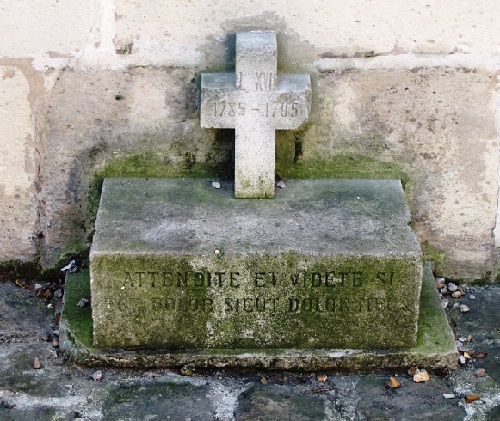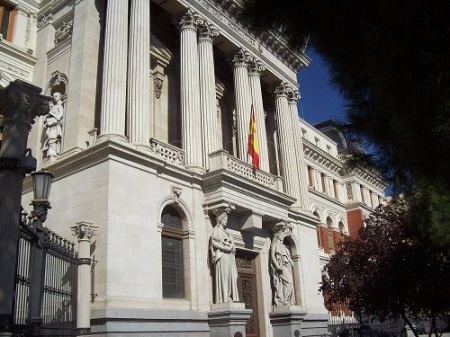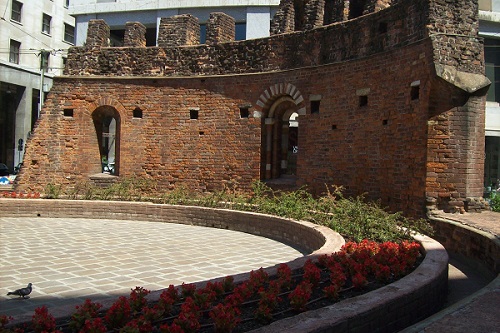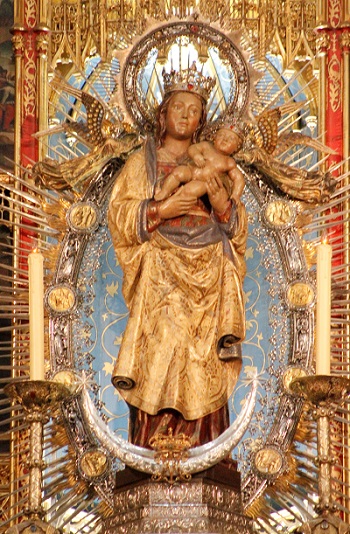The harsh karst land that ripples across Central Croatia generally supports only sparse vegetation and forms a formidable natural barrier that cuts off the Northern Dalmatian coast. But in the heart of this rugged terrain, in the midst of the mountains of Mala Kapela and Plješivica, is the lush wonderland of the Plitvice Lakes, a UNESCO World Heritage Site since 1979. The lakes were formed through the process of travertine sedimentation as limestone deposits and moss and fungi reacted to build up the travertine beds and divert the water flow of the Bijela (white) and Crna (black) rivers. Instead of smoothly flowing rivers they became a 8km (5 mile) – long network of dams, caves and waterfalls that tumble down in a series of 16 lakes and countless streams and brooks. The travertine process is ongoing as the landscape evolves, making the area the focus of scientific research.
The size of the national park is roughly 300 sq km (115 sq miles), with 230 sq km (85 sq miles) of that area covered in thick forest and 200 hectares (540 acres) sunk under fresh water. The bulk of the forests are made up of beech, fir and spruce trees, but the unique micro-climate also encourages the flourishing of more exotic species, such as hop hornbeam, white Italian maple, flowering oak and sycamore.
If anything, the park’s array of fauna is even more impressive. The highlights are the brown bears that thrive in and around the park. After losing their natural suspicion of humans in recent years, the bears have become bolder – not least because of irresponsible visitors ignoring regulations and leaving food for them – and even a little troublesome. The park authorities keep a close eye on them.
Packs of wild wolves, extinct in many of their natural habitats in Europe, also find sanctuary here. Other animals include otters, foxes, lynx, wild cats, badgers and pine martens.
On recent estimate there are at least 126 bird species in Plitvice, and of those at least 70 are thought to be nesting within the confines of the reserve. Species include owls, cuckoos, thrushes, starlings, kingfishers, wild ducks, grouse, capercaillie and the rarely spotted black storks, as well as wild ospreys. A wide variety of butterfly species also thrives and makes for a spectacular sight in summer as they flit around the edges of the lake. Plitvice is also renowned for its large and particularly picturesque orchids.
Life also flourishes beneath the water in the form of a large population of trout as well as fire salamanders and various crustaceans. However, fishing and hunting are banned within the parks boundaries, and the trout have grown fat and lazy as a result. Zoologists are at a loss to explain why the lakes have quite so many of them.
If you want to get a feel for the park’s flora and fauna throughout the year, plan at least two trips to cover different seasons. The park is open all year round and there is no bad time to visit. The Plitvice Lakes on a baking hot summer’s day are altogether different on a bright spring morning when life is returning after the chill of the winter. In winter, the park is caked in a sheet of snow and ice clogs up many of the waterways.
Put Plitvice Lakes on your ‘bucket list’ – it is one of the most stunning places you will ever visit.











